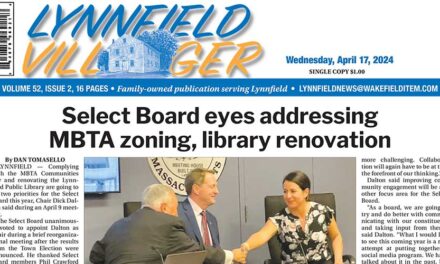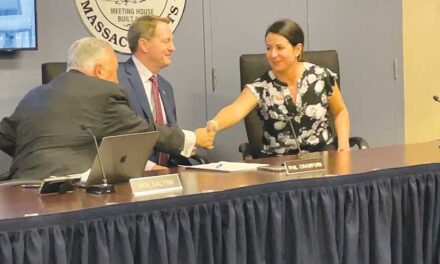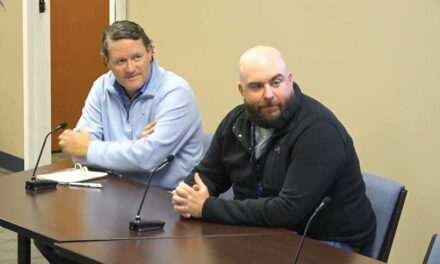Published December 23, 2020
By HELEN BREEN
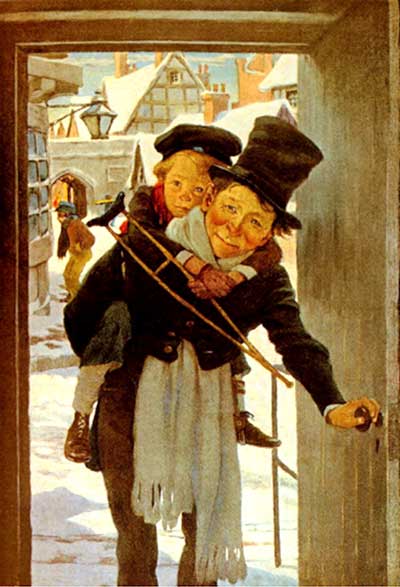
LYNNFIELD — “Marley was dead to begin with.” Charles Dickens conceived the opening line of “A Christmas Carol” as he walked the cold, damp streets of Manchester, England after a fundraising speech on Oct. 5, 1843.
At the time, young Dickens was beset by debt, literary commitments and the needs of a growing family. Yet, he had ventured north to support the Manchester Athenaeum, as he would to many other such organizations during his lifetime, that aimed “to combat ignorance with educational reform.”
From childhood poverty
Charles Dickens (1812-1870) bore the scars of his childhood poverty the rest of his life. When he was 12, his feckless father was imprisoned for three months in Marshalsea Prison in London for debt. The boy had to leave school and work in a boot blackening factory to support the family, a humiliation he never forgot. Nevertheless, Dickens rose to fame quickly as a young novelist and became “an international celebrity, famous for humor, satire and keen observation of character and society.”
In 1843, Parliament had issued a scathing report on the condition of children to which the author intended to respond in pamphlet form. Instead, he chose to write “A Christmas Carol.” After returning to London from Manchester, Dickens became obsessed with his “little carol,” which a friend described as having a “strange mastery” over him.
Tremendous success
The work was completed in six weeks, a huge feat considering that Dickens was still finishing the serialization of his novel “Martin Chuzzlewit” at the same time. Sensing the “Christmas Carol’s” potential for success, the writer published the book at this own expense, hoping to realize a £1,000 profit. He oversaw the printing, the bindings and endpapers and the classic illustrations by John Leech. Dickens was deeply disappointed with his final profit of only £744.
The “Carol” was an immediate sensation. Parley’s Illuminated Library soon pirated it, which was a common practice in those days. Dickens, an advocate for strong copyright laws, fought the case and won. Unfortunately, the publisher declared bankruptcy and left poor Dickens with the court costs.
With its irrepressible popularity, the tale was “re-originated” in dozens of London theatrical productions, many of which Dickens attended. He was amused by the ending in one of them: Scrooge marries his former love Belle.
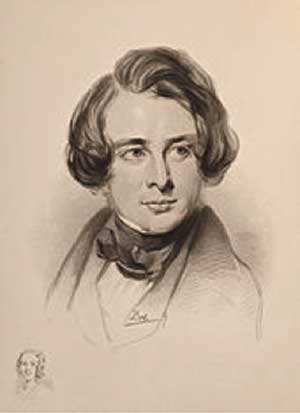
While some say that Charles Dickens “invented” Christmas, others maintain that the timing of the “Carol’s” publication corresponded with the German Christmas traditions introduced by Prince Albert when he married Queen Victoria in 1840. Chief among them was the Christmas tree, although there is no mention of one in Dickens’s story. Neither do gifts play any part in the tale. One lasting consequence was the popularity of a holiday turkey, as opposed to the traditional goose.
Themes
Several themes emerge in the “Carol” including love of the “Christmas Spirit” characterized by “friendship, charity, and celebration.” Another is a socio-economic critique of Victorian society by contrasting the miserly Scrooge with his benevolent clerk Bob Cratchit and his handicapped son. Finally, the concept of redemption prevails when Scrooge, thrilled to be given a second chance, chooses to mend his ways forever. “A Christmas Carol” concludes:
“…Scrooge was better than his word. He did it all and infinitely more; and to Tiny Tim, who did not die, he was a second father. He became as good a friend, as good a master, as the good old city knew… And it was always said of him that he knew how to keep Christmas well, if any man alive possessed the knowledge. May that be truly said of us. And so, as Tiny Tim observed… God bless us everyone.”
Who’s Who in “A Christmas Carol”
Ebenezer Scrooge: A penny-pinching miser who cares more for his money than for those around him. He undergoes a dramatic transformation on Christmas Eve after a visit from the Ghosts of Christmas Past, Present, and Future.
Jacob Marley: Ebenezer’s deceased business partner who comes to visit him as a ghost in chains. He shares his guilt at living a selfish life and advises Scrooge to change his ways.
Bob Cratchit: A loyal employee of Scrooge and a fond father who loves Christmas.
Tiny Tim: The Cratchits’ youngest son, crippled from birth, weak in body but not in spirit.
Fred: Scrooge’s jovial nephew, his sister’s son, who invites his uncle to Christmas dinner to which Scrooge replies “Humbug!”
The Ghost of Christmas Past: Wears a white tunic and travels back in time with Scrooge to the latter’s more hopeful childhood where he recalls a Christmas party given by his former boss, Fezziwig, and remembers his early love Belle.
The Ghost of Christmas Present: A huge, jolly figure, this specter, bearing a glowing torch, takes Scrooge to many homes, among them Bob Cratchit’s who is surrounded by his loving family and the sickly Tiny Tim.
The Ghost of Christmas Yet to Come: Wears a black robe and silently takes Scrooge on a tour of the misery that will befall him and Tiny Tim unless Scrooge changes his ways.
The boy: An unnamed lad whom Scrooge sends to buy the biggest turkey available to be sent anonymously to Cratchit’s house on Christmas Day, after waking from his encounters with the ghosts of Christmas Past, Present and Future.
— Send comments to helenbreen@comcast.net.

